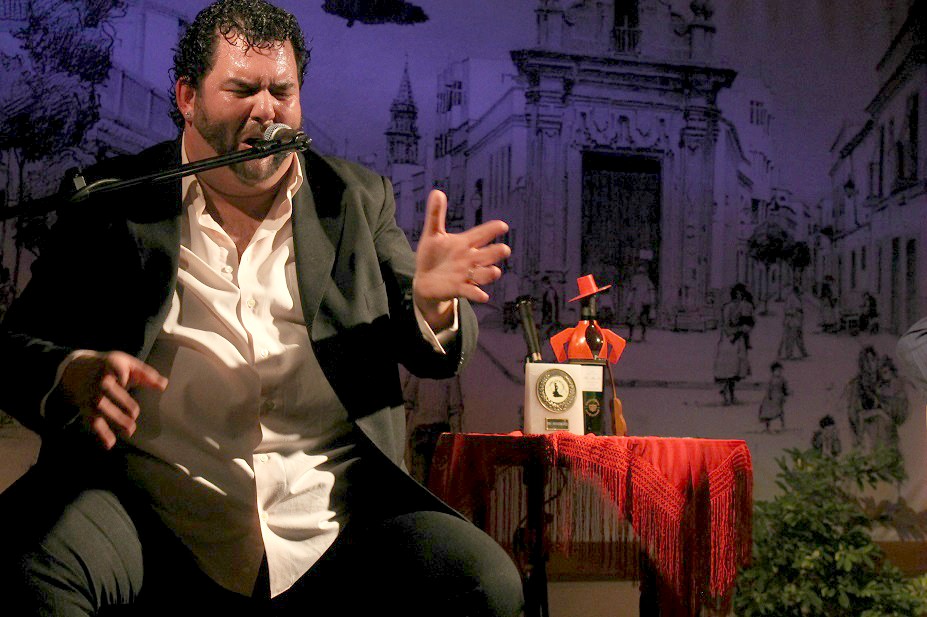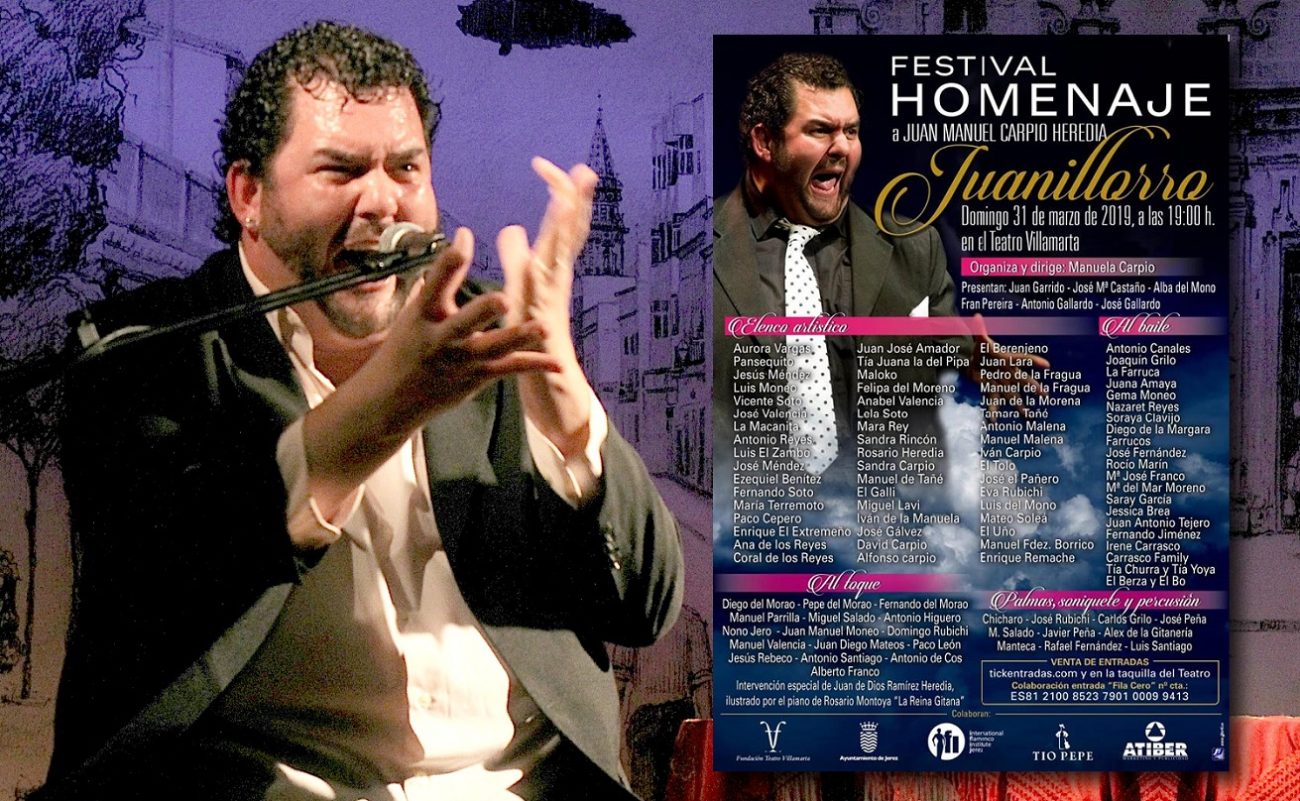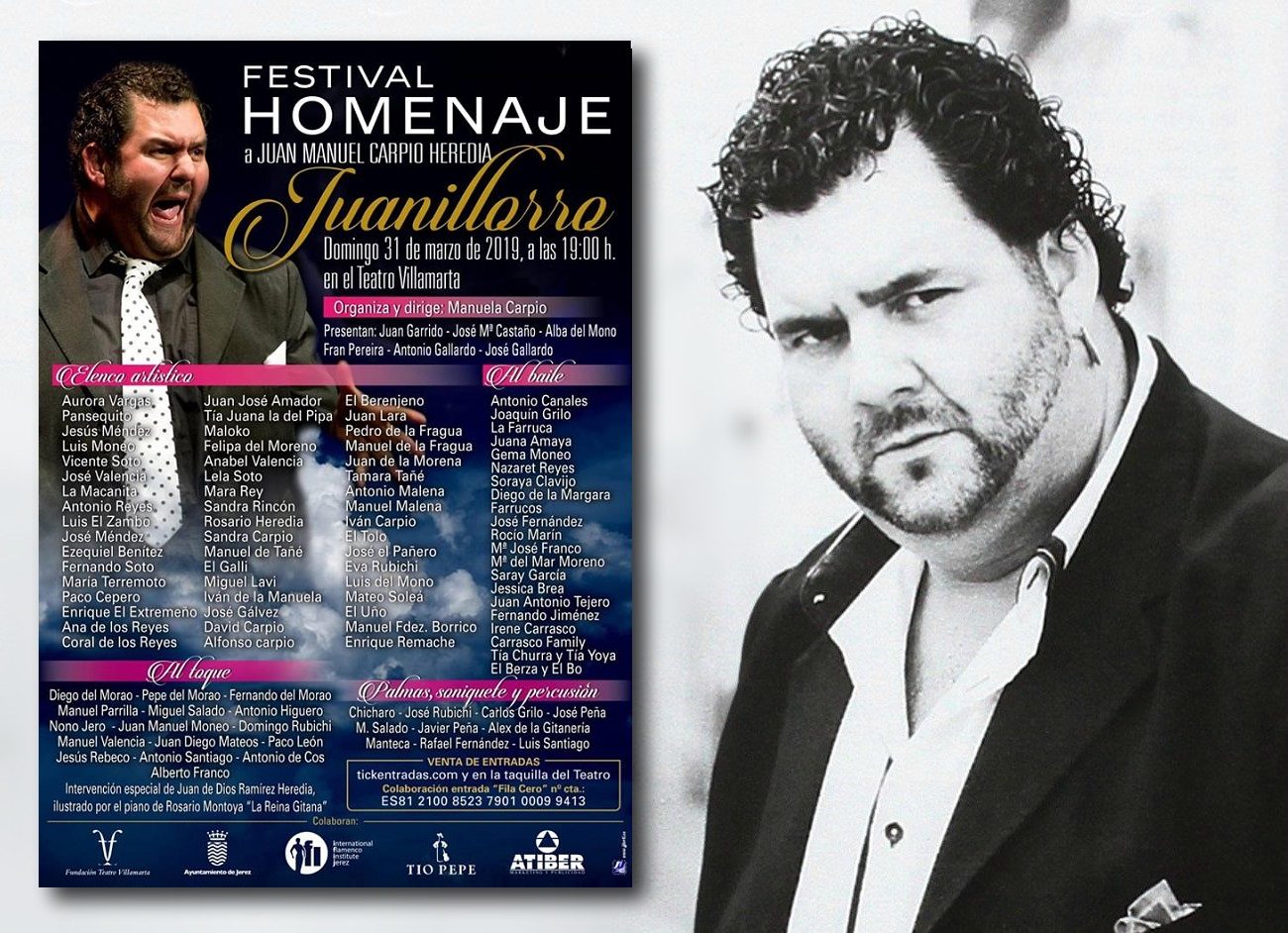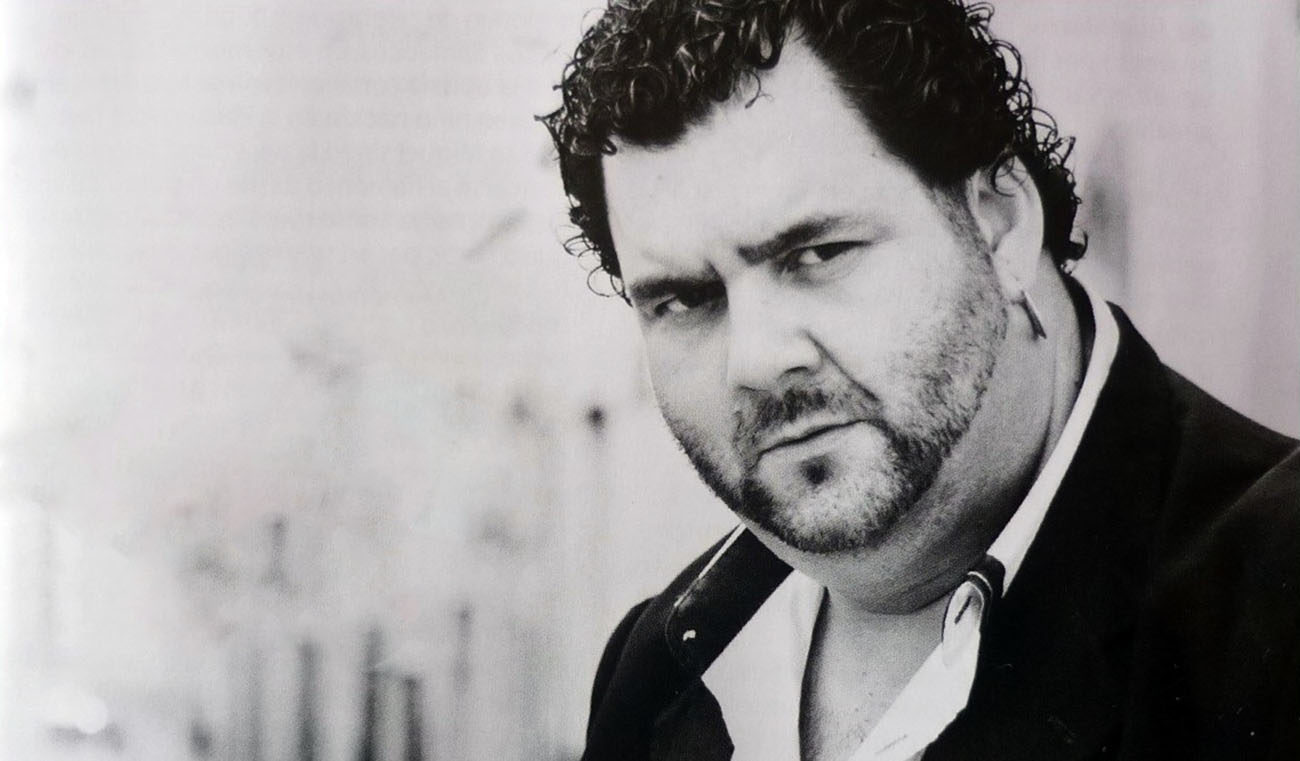Juanillorro, a Gypsy with pedigree from La Plazuela
It came without any warning, which is even more hurtful, if that’s even possible. Death appeared in the life of Juan Manuel Carpio Heredia (1979-2018) one morning in August. I was still counting the views of his latest video of cante and baile in the social networks, where he performed together with his brother Israel in the tribute to Manuel Moneo, in the Fiesta de

It came without any warning, which is even more hurtful, if that’s even possible. Death appeared in the life of Juan Manuel Carpio Heredia (1979-2018) one morning in August. I was still counting the views of his latest video of cante and baile in the social networks, where he performed together with his brother Israel in the tribute to Manuel Moneo, in the Fiesta de la Bulería which just ended. Two days after that display of art, which his followers had become accustomed to, the telephone relayed the tragic news: “Juanillorro has died”. Like a bucket of cold water, like being stepped upon by a giant, like a slap on the face… that’s how the never-expected headline hit us.
This Gypsy man, from the Carpio and Heredia families, is from Jerez’s La Plazuela district, which he always stood up for, because that’s where he lived, constantly paying tribute to the cantes of Tío Chalao or Domingo Rubichi. Yet, he never avoided the styles of Tío Borrico or Enrique El Extremeño, each unique in their own way, or the peculiar and charismatic Antonio Malena, always admired for his way of singing for Jerez’s baile. However, the one he really admired was Juan Moneo El Torta, from whom he borrowed gestures, cantes, and even expressions on stage.
He started performing on stages very young, as flamenco existed in his home in a natural way and he often watched his father accompany his cousin Manuela Carpio (who is now devastated) to the festivals when she was in her prime, at the end of the 1980s and beginning of the 1990s. He inherited his dad’s way of dancing (and his build), admired by the public who watched enthralled as he stitched one step after another with an extraordinary, uncommon rhythm, and I’m not exaggerating. That early popularity in parties and family gatherings prompted him to debut at the Tertulia Flamenca Pepe Alconchel, the peña of his hometown, when he was just 17 years old, excelling in the cantes a compás, such as alegrías, tangos and bulerías. At about that same time, he became a regular at the tablao “Lagar de Tío Parrilla”, and later at “Taberna Flamenca de Santiago” or “Tablao Bereber”, and more recently at “Puro Arte”, without forgetting his long stint at Seville’s “El Arenal” or Barcelona’s “Cordobés”.
What is clear about this cantaor is that he had been one of the most active of the last few years, rarely having the opportunity to perform as a soloist, but always making the best of any performing opportunity available. He was a regular in the zambomba ensembles, in the most flamenco tents in the various fairs of Andalusia, in peñas and tabancos, and was also a member of the group Sabor Jerez, successfully led by the guitarist Fernando Moreno in the early 2000s… He was always in high demand by his colleagues due to his deep personality. He was part of María del Mar Moreno’s company, Jerez Puro, a was a regular cantaor for other bailaores of his generation, such as Juan Antonio Tejero, Gema Moneo, Saray García, Fernando Jiménez and Miguel Ángel Heredia, a close friend who would have witnessed how Juanillorro left us when he was in his house, at 12:30 on Tuesday the 28th.
One of his celebrated performances was in 2010, in the production Cien Años de Tío Borrico, which took place at the Villamarta theater, where he shared the lineup with Capullo de Jerez and Tía Juana la del Pipa. Two years earlier, in 2008, the CD Nueva Frontera del Cante de Jerez was released, where he took part singing por tangos del Borrico and bulerías, together with other cantaores from Jerez of his same generation. He used to travel to Japan often, more than ten times in his life, and he had dear memories of a particular trip with Diego Rubichi and his family. In 2016 he released his CD “Plazuela Viva”, with 12 tracks of good cante, visiting the classic palos: soleá, taranto, cantiñas, martinete, fandangos, seguiriyas, bulerías… It was presented at Seville’s Quintero theater, in the Bienal’s “off” festival, having sold out the event and being joined by Jesús Méndez, Juan José Amador, Enrique El Extremeño, Manuela Carpio, Juan Antonio Tejero, Mara Rey, Juan Manuel Moneo, Miguel Salado…
This summer he had performed in the Viernes Flamencos series organized by his peña, “La Bulería”, his most intimate and familiar corner, his second home, and also the one organized by peña “Fernando Terremoto”, as well as in the Fiesta de la Bulería festival last Friday.
My friend Manuel, my dear Juanillorro: I give you a kiss among tears, may Christ, Cristo de la Expiración, and the Virgin Mary, la flamenca del manto rojo, be with you always. Jerez will miss you, and La Plazuela will miss you even more.




